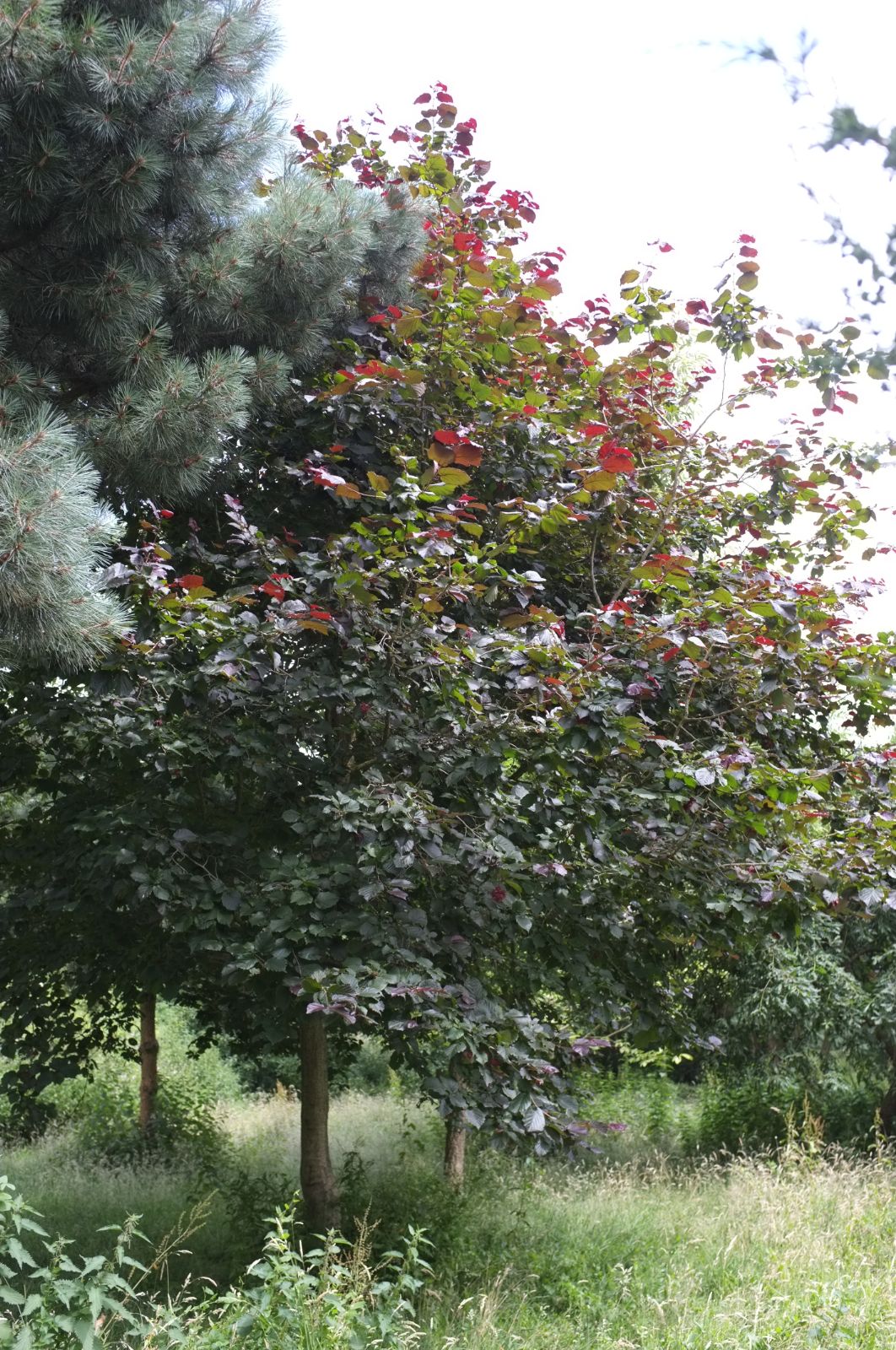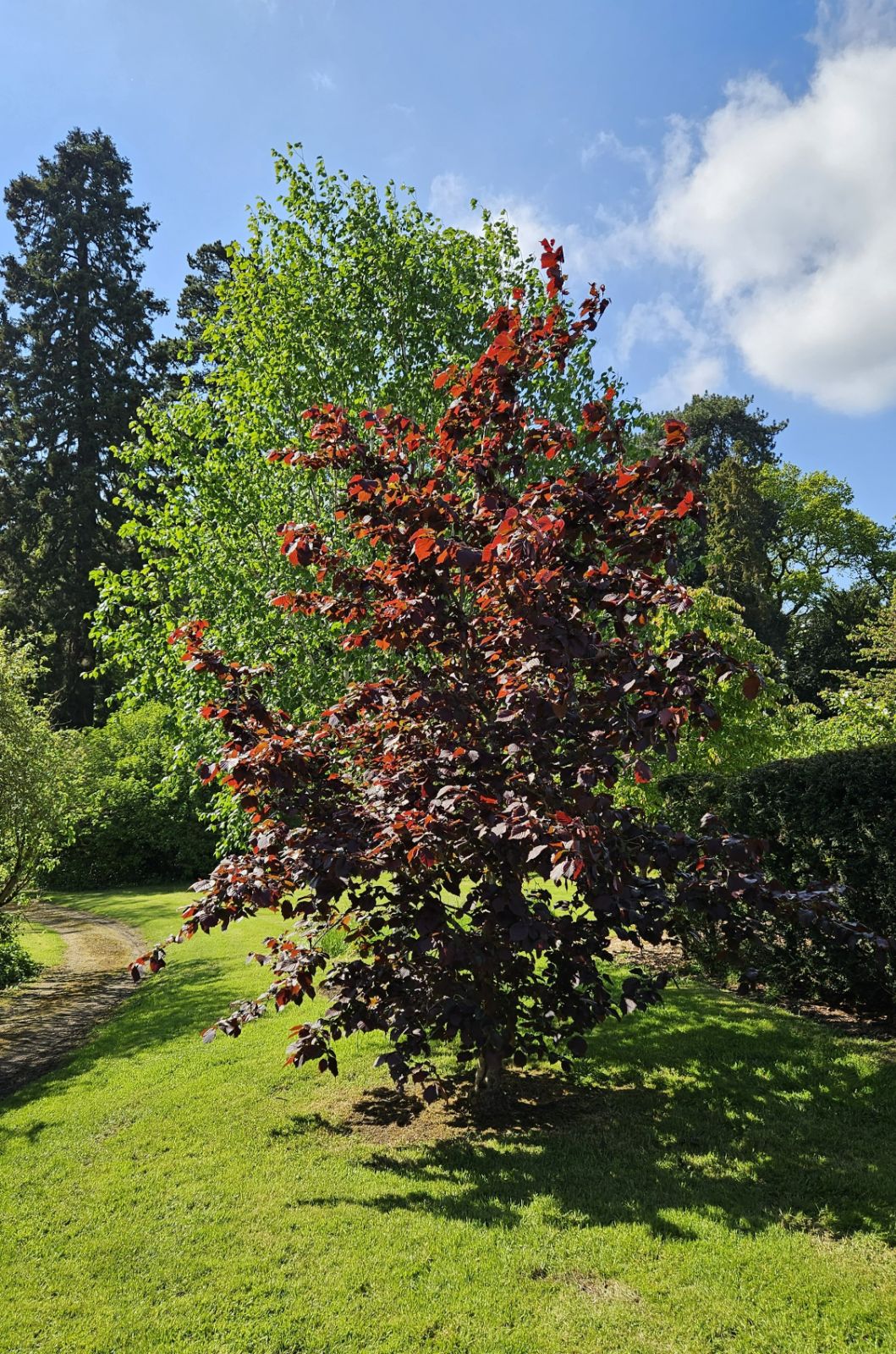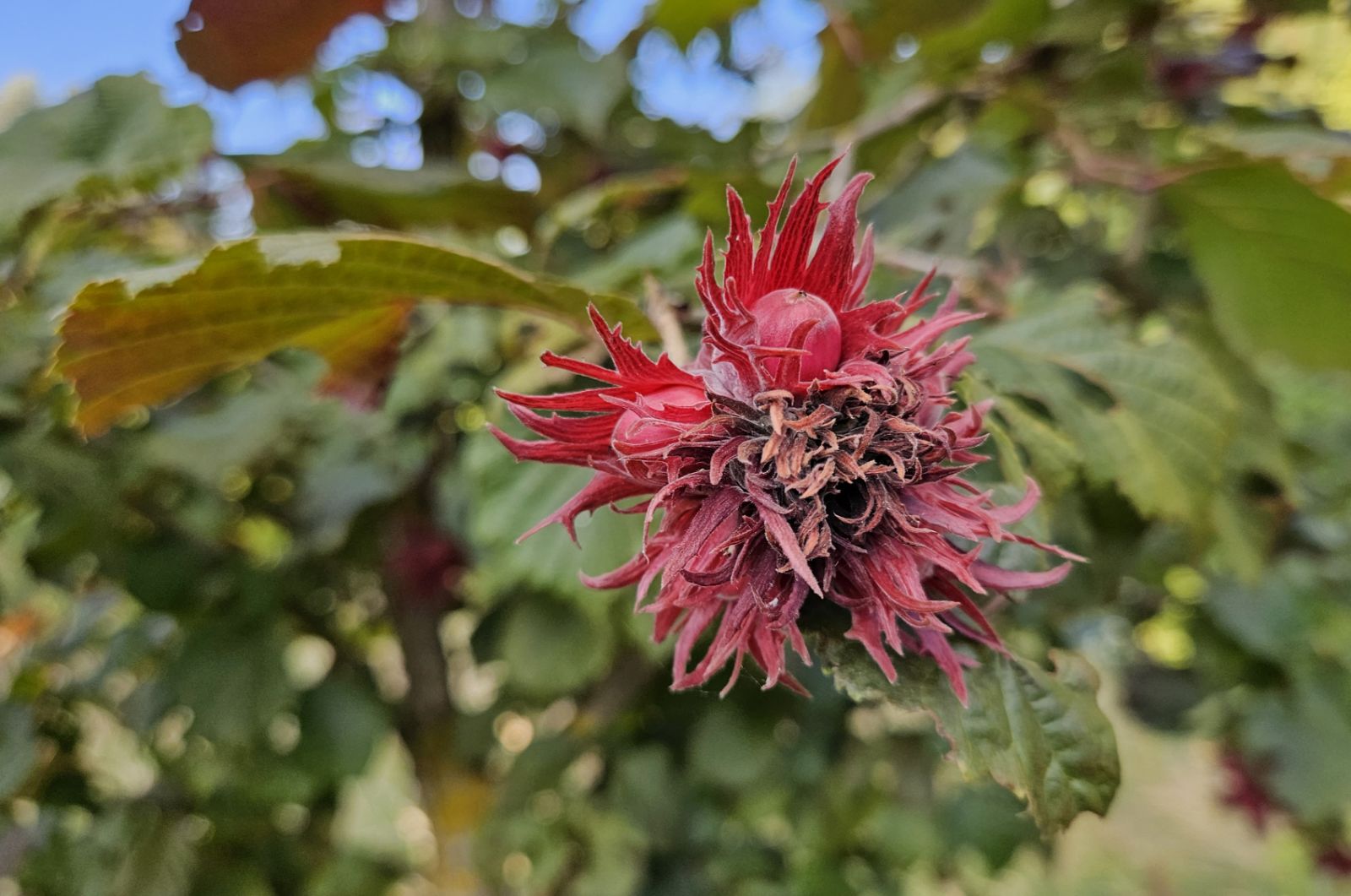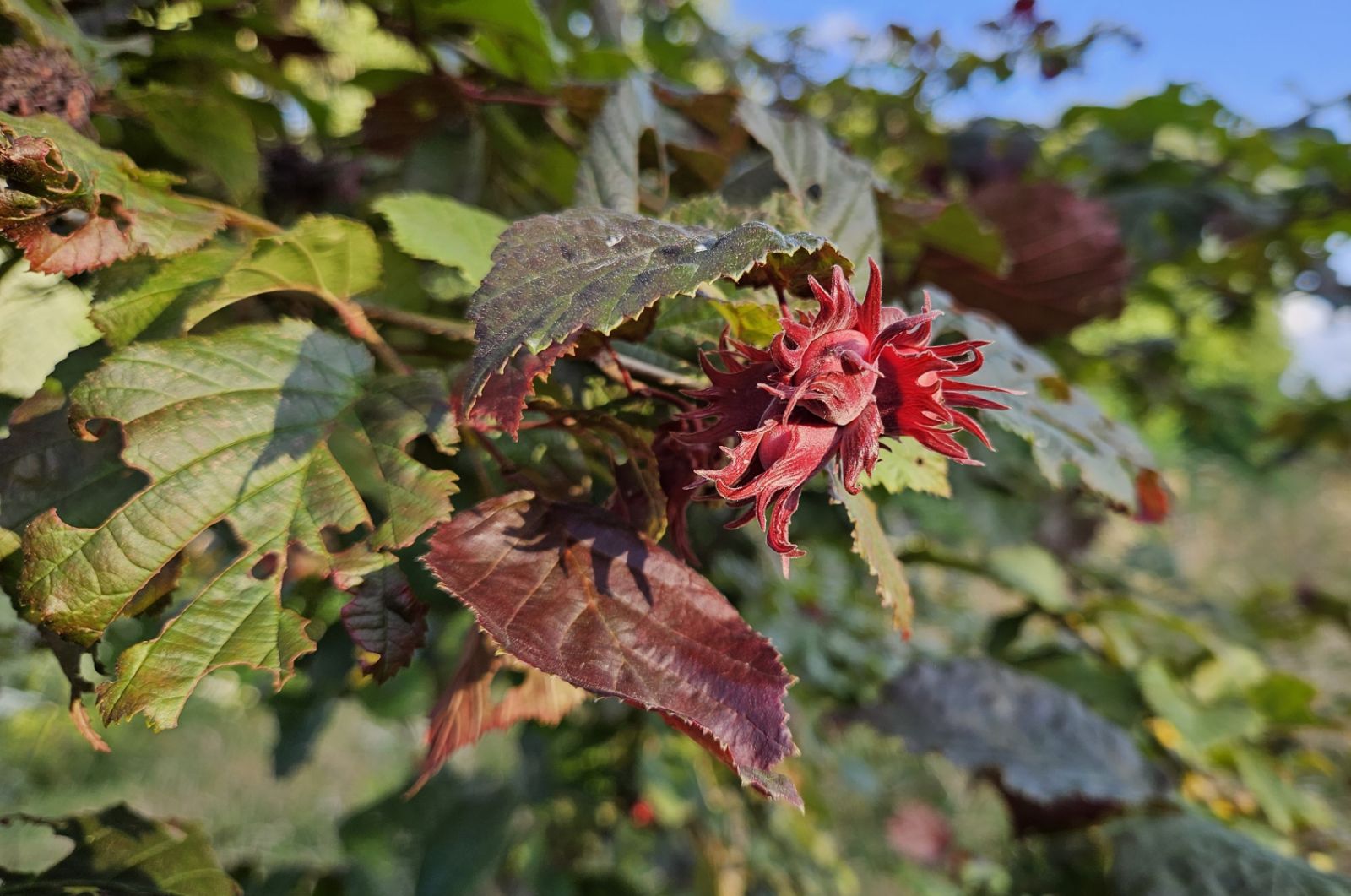Corylus 'Te Terra Red'
Sponsor
Kindly sponsored by
Kent Men of The Trees
Credits
Owen Johnson & Richard Moore (2023)
Recommended citation
Johnson, O. & Moore, R. (2023), 'Corylus 'Te Terra Red'' from the website Trees and Shrubs Online (treesandshrubsonline.
Genus
Synonyms
- Corylus 'Te-Terra Red'
- Corylus colurna 'Te Terra Red'
Other taxa in genus
- Corylus americana
- Corylus americana × avellana
- Corylus avellana
- Corylus avellana × cornuta
- Corylus avellana × heterophylla
- Corylus avellana × maxima
- Corylus avellana × sieboldiana
- Corylus avellana × sutchuenensis
- Corylus Badgersett Hybrids
- Corylus chinensis
- Corylus colchica
- Corylus colurna
- Corylus × colurnoides
- Corylus cornuta
- Corylus fargesii
- Corylus ferox
- Corylus 'Grand Traverse'
- Corylus heterophylla
- Corylus jacquemontii
- Corylus maxima
- Corylus 'Purple Haze'
- Corylus 'Rosita'
- Corylus 'Ruby'
- Corylus sieboldiana
- Corylus × spinescens
- Corylus sutchuenensis
- Corylus × vilmorinii
- Corylus yunnanensis
A sport of garden origin; tree to c. 15 m, often with several irregular stems, or conic; bark grey, cracking in small plates. Leaves opening rich purple, ultimately dark green, lobulate, glabrescent. Male catkins brownish red. Nuts with purplish-red husks which end in many spreading, lanceolate teeth. (Van den Berk UK Limited 2023).
USDA Hardiness Zone 6
RHS Hardiness Rating H6
Corylus ‘Te Terra Red’ arose as a chance seedling at A.F. van Nijnatten’s nursery in Zundert, Netherlands, in 1987 (Van den Berk UK Limited 2023) and, like so many other purple hazels, has brilliant burgundy-red new growths which fade through summer to a dark dull green – but serve by this stage as a fine foil to the crimson frilly husks of the clustered nuts. The catkin display in late winter is also brownish pink rather than fawn. Scions are becoming popular in Europe, and nurseries almost always advertise ‘Te Terra Red’ as a cultivar of C. colurna, a tree whose excellent qualities include a regular spire-like habit in youth, a deep taproot and great drought and heat tolerance. But the habit of ‘Te Terra Red’ is relatively wayward and sometimes bushy, and its nuts’ husks are less elaborately frilled and leathery. It might for these reasons be considered a clone of Corylus × colurnoides (avellana × colurna), except that a strong candidate for the pollen parent would have to be the rich purple-leaved hazel which is generally known as C. maxima ‘Purpurea’ (q.v.): the issue could only be settled by genetic analysis. (For two more tree-sized ‘purple hazels’ which seem likely to represent pure C. colurna, see ‘Granat’ and ‘Silvanus Purple’, under that species.)
The maximum stature of ‘Te Terra Red’ remains unknown. A young multi-stemmed tree at RHS Garden Wisley in England is already 13 m tall (Tree Register 2023): unlike C. maxima ‘Purpurea’ for example, this is not really a plant for the small garden.




